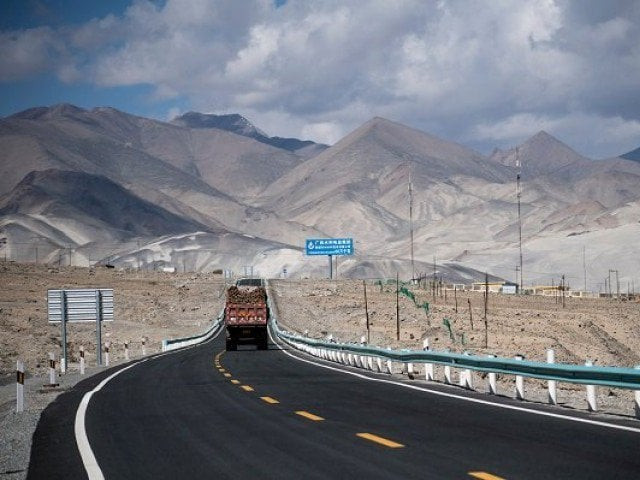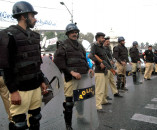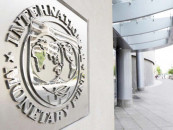CPEC helped resolve power crisis, revive dead projects, says Sayed
Think tank’s report calls for structural reforms to maximise benefits from the next phase of CPEC

CPEC route. PHOTO: REUTERS
This was stated by Senate Foreign Relations Committee Chairman Senator Mushahid Hussain Sayed at an event to launch a report by the think tank Islamabad Policy Institute (IPI) on Wednesday.
“CPEC is uniting Pakistan, bringing together the less-developed areas in the quest for a better tomorrow,” Sayed said, adding that the project has thus far provided gainful employment to some 7,000 citizens.
Faisal Ahmed, who authored the report, noted that CPEC can prove to be a driver of economic development in the country.
“It enables Pakistan to catch-up with leading regional economies,” he said.
However, Ahmed noted that CPEC can only prove to be a game-changer for Pakistan if Islamabad follows prudent policy-planning and implementation.
For this purpose, he recommended that enhanced communication between Islamabad and Beijing was crucial for addressing bottlenecks and challenges arising from time to time.
His report, meanwhile, called for comprehensive structural reforms in Pakistan's governance, industrial infrastructure, economy, and energy sector to maximise benefits from the next stage of CPEC.
These reforms, Ahmed argued in the report, are required to stabilize the fiscal balance of payment, put in place a mechanism to ensure timely payments to Chinese operators of newly installed power plants, and to address bottlenecks in realising up-gradation of Main Line-I (ML-I) projects and setting up of special economic zones (SEZs) in Pakistan.
The report, which was launched to coincide with the second Belt and Road Forum (BRF) being held in Beijing from April 25 – 27, provides a background of the BRI, its vision and elements including a brief introduction of overland and maritime corridors.
It also highlighted the areas of policy collaboration while providing an overview of the first BRF, its outcomes and an introduction to the second BRF.
The report further delved into the progress made under CPEC and explores strategic, development and regional dynamics associated with CPEC and the challenges confronting Pakistani policy-makers for the successful operationalization of CPEC projects and routes.
It further looks into the current state of cooperation between Pakistan and China in all sectors and also charts likely course of CPEC’s evolution in the short-to-medium term. It gives a set of recommendations for Pakistani and Chinese policy-makers as CPEC enters the next stage with an expanded scope.
Earlier, IPI Executive Director Professor Sajjad Bokhari said that economic cooperation under CPEC is vital as the project is both an engine of growth and of strategic importance.
“To be successful, multi-dimensional cooperation should go beyond energy and infrastructure projects to address human resource requirements, as well as training and skill development in order to achieve improved connectivity,” he said.
Published in The Express Tribune, April 25th, 2019.



















COMMENTS
Comments are moderated and generally will be posted if they are on-topic and not abusive.
For more information, please see our Comments FAQ